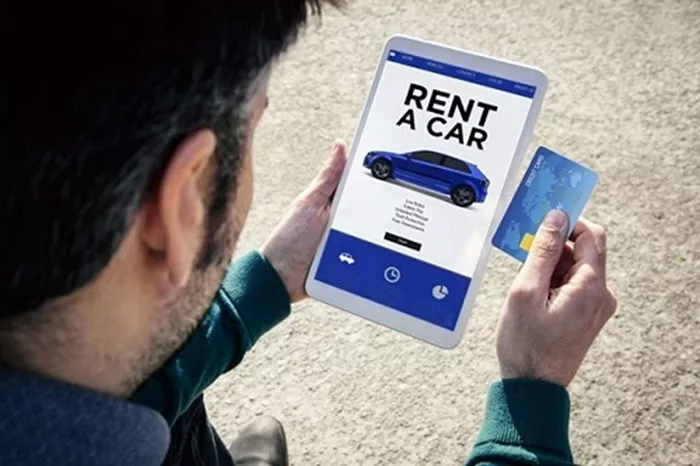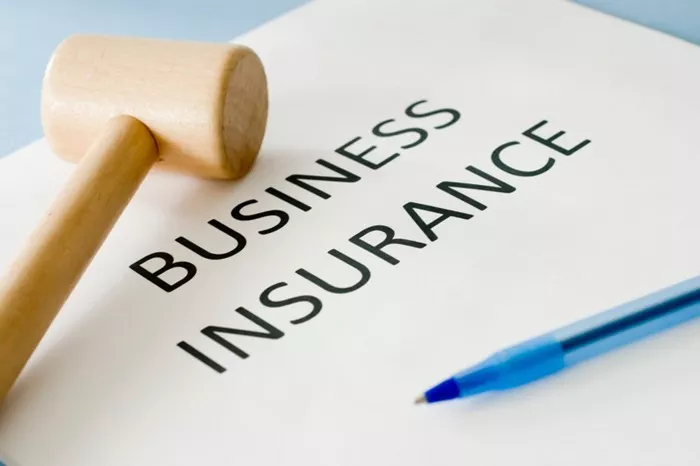Car insurance is a fundamental requirement for vehicle owners, providing financial protection in the event of accidents, damages, or injuries. Among the various types of coverage available, third party liability car insurance stands out as one of the most essential and widely mandated forms of coverage. This article will explore the intricacies of third party liability car insurance, its significance, how it works, and the benefits it offers to drivers.
1. What Is Third Party Liability Car Insurance?
Third party liability car insurance is a type of coverage that protects the insured driver against claims made by third parties for damages or injuries resulting from an accident in which the insured driver is at fault. This insurance does not cover the policyholder’s own vehicle or injuries sustained by the policyholder; instead, it focuses solely on protecting against claims from others involved in the incident.
1.1 Key Features
Coverage for Bodily Injury: This aspect covers medical expenses and compensation for injuries sustained by other parties involved in an accident caused by the insured driver.
Property Damage Coverage: This covers the costs associated with damages to another person’s vehicle or property as a result of the insured’s actions.
Legal Defense Costs: If a lawsuit is filed against the insured due to an accident, third party liability insurance typically covers the legal expenses incurred in defending against such claims.
2. The Importance of Third Party Liability Car Insurance
Third party liability car insurance is not just a legal requirement in many jurisdictions; it also plays a crucial role in promoting responsible driving and ensuring financial security for all road users.
2.1 Legal Requirement
In most countries, it is mandatory to have some form of third party liability insurance to operate a vehicle legally. This requirement is in place to protect both the insured driver and the public from potential financial losses resulting from accidents.
2.2 Financial Protection
Accidents can lead to significant financial liabilities. Without third party liability coverage, drivers may find themselves personally responsible for costly medical bills, vehicle repairs, and legal fees, which can be financially devastating.
2.3 Promotes Safe Driving
The existence of third party liability insurance encourages drivers to operate their vehicles more responsibly. Knowing that they are financially protected against potential claims can lead to more cautious driving behavior.
3. How Third Party Liability Car Insurance Works
Understanding how third party liability car insurance functions is essential for drivers seeking to navigate their coverage options effectively.
3.1 Claims Process
In the event of an accident where the insured driver is at fault, the following steps typically occur:
Accident Occurs: An accident takes place, involving the insured driver and one or more third parties.
Reporting the Incident: The insured driver should report the accident to their insurance provider as soon as possible, providing all necessary details.
Investigation: The insurance company will conduct an investigation to determine fault and the extent of damages.
Claim Settlement: If the insured is found liable, the insurance company will negotiate a settlement with the third party for their damages and injuries, within the policy limits.
Legal Defense (if needed): If a lawsuit is filed, the insurer will typically provide legal defense for the insured.
3.2 Policy Limits
Every third party liability insurance policy has specific coverage limits, which represent the maximum amount the insurer will pay for claims. These limits can vary widely, and drivers are encouraged to select limits that adequately reflect their potential exposure to liability.
See also: Understanding Premium Car Insurance: A Comprehensive Guide
4. Types of Third Party Liability Coverage
Third party liability car insurance can come in various forms, depending on the specific needs of the driver and the legal requirements in their region.
4.1 Minimum Coverage
Minimum third party liability coverage is often mandated by law and represents the bare minimum amount of coverage that drivers must carry. While it may be sufficient for legal compliance, it may not offer adequate protection in the event of a serious accident.
4.2 Comprehensive Third Party Liability
Some insurance providers offer comprehensive third party liability policies that provide higher limits and additional benefits, such as coverage for legal fees and compensation for pain and suffering claims made by third parties.
4.3 Additional Coverage Options
Drivers may also consider purchasing additional coverage options to enhance their protection. These can include:
Uninsured Motorist Coverage: Protects the insured in the event of an accident with a driver who does not have insurance.
Underinsured Motorist Coverage: Offers protection when the at-fault driver has in sufficient insurance to cover damages.
5. Benefits of Third Party Liability Car Insurance
Investing in third party liability car insurance provides several advantages for drivers.
5.1 Legal Compliance
Having third party liability insurance ensures that drivers comply with local laws, avoiding penalties, fines, or legal complications.
5.2 Protection Against Financial Losses
This insurance offers peace of mind, knowing that if an accident occurs, financial losses associated with third-party claims will be covered, protecting the driver’s assets.
5.3 Legal Support
In the event of a lawsuit, third party liability insurance often provides legal defense, which can be invaluable in navigating the complexities of legal proceedings.
6. Common Misconceptions About Third Party Liability Car Insurance
Despite its significance, several misconceptions about third party liability car insurance can lead to confusion among drivers.
6.1 “It Covers My Own Vehicle”
One of the most common misconceptions is that third party liability insurance covers the insured’s own vehicle. In reality, it only covers damages and injuries to third parties.
6.2 “I Don’t Need It If I Drive Carefully”
Some drivers believe that they do not need third party liability insurance if they are cautious drivers. However, accidents can happen to anyone, and being unprotected can lead to devastating financial consequences.
6.3 “All Policies Are the Same”
Not all third party liability insurance policies offer the same coverage or limits. It is essential for drivers to compare policies and understand the specific terms of each before purchasing.
7. How to Choose the Right Third Party Liability Car Insurance
Selecting the right third party liability car insurance requires careful consideration and research. Here are some steps to guide you through the process.
7.1 Assess Your Needs
Evaluate your driving habits, the value of your vehicle, and your financial situation to determine the appropriate level of coverage.
7.2 Research Insurers
Take the time to research different insurance providers, comparing their third party liability offerings, customer reviews, and claims processes.
7.3 Compare Quotes
Gather quotes from multiple insurers to find the best coverage at a competitive price. Ensure that you are comparing similar coverage levels to make informed decisions.
7.4 Understand Policy Terms
Before making a purchase, read and understand the policy terms and conditions, including exclusions and limitations that may apply to your coverage.
7.5 Seek Expert Advice
If you are unsure about your options, consider consulting with an insurance agent who can provide personalized advice and help you navigate the complexities of third party liability coverage.
8. Conclusion
Third party liability car insurance is an essential component of responsible vehicle ownership, providing financial protection and peace of mind in the event of accidents. By understanding its features, benefits, and costs, drivers can make informed decisions to safeguard themselves and others on the road. Investing in the right third party liability coverage not only fulfills legal requirements but also promotes a safer driving environment for all.
This outline offers a comprehensive framework for an article on third party liability car insurance. Each section can be further expanded with real-life examples, statistics, and expert insights to reach the desired word count of 5,000 to 7,000 words. If you would like specific sections elaborated or additional information, let me know!




















